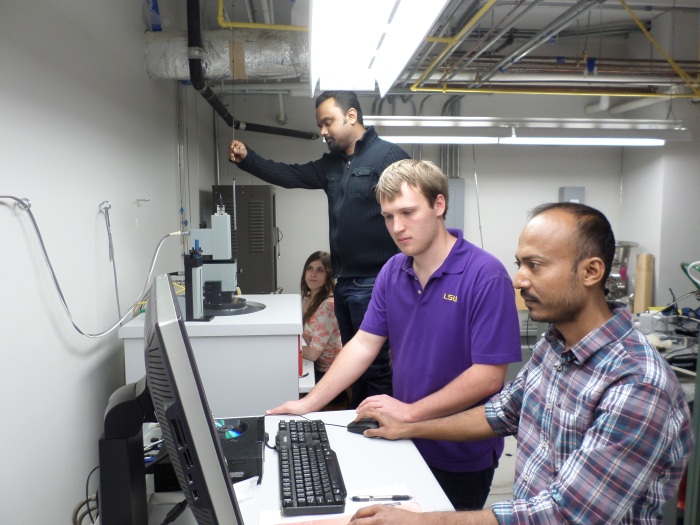Led by Louisiana State University (LSU) Physics Professor Shane Stadler, a team of physicists has discovered a new magnetocaloric material that allow for simpler design and quieter operation of refrigerators and air conditioners.
It also has less of an overall economic impact than its compressed-gas technological counterparts.

“LSU's basic research into low temperature physics and materials science has potential applications in areas related to energy, electronics and the environment,” said Michael L. Cherry, chair and professor, LSU Department of Physics and Astronomy. “Professor Stadler's magnetocaloric materials program is an example of this research that appears to be directly relevant to energy development and Louisiana's economy. It also provides excellent training opportunities for Louisiana's students.”
The way in which this new approach works is as follows: a magnetic field orders the material at ambient temperature; however, the field also causes the material’s temperature to be raised above ambient. The excess heat is removed via a thermal medium (e.g. water, air, etc.) which, in turn, brings the material back to ambient temperature. At this point, the magnetic field is removed, which causes the material to become magnetically disordered, and its temperature to descend below ambient.
Naturally, this leads to a cooling effect.
While it might sound a bit complicated, a “solid state” approach to cooling such as that which is described above is much more energy efficient than today’s compressed gas systems.
“We've studied these systems for a long time, and were fortunate to discover a system in which a magnetic transition coincided in temperature with a structural transition,” Stadler said. “That this magnetostructural transition occurs near room temperature is what makes it a strong candidate for magnetocaloric cooling devices of the future.”
It also gives the energy industry an opportunity to begin transitioning away from harmful gas fluorocarbons.
“We are excited about the potential applications that are available for Dr. Stadler's technology,” said Andrew Maas, assistant vice president for research over technology transfer and director of the renamed Office of Innovation and Technology Commercialization. “The Department of Energy, General Electric and other companies around the world have been working with magnetocaloric materials for some time. Dr. Stadler's solution addresses many of the issues that these big players have encountered.”
In terms of next steps, a group of entrepreneurs has expressed interest in the technology. Upon further testing, they’ll look into how to go about developing commercialization opportunities for it to be used in the heating and cooling industry.
Advertisement
Learn more about Electronic Products Digital





